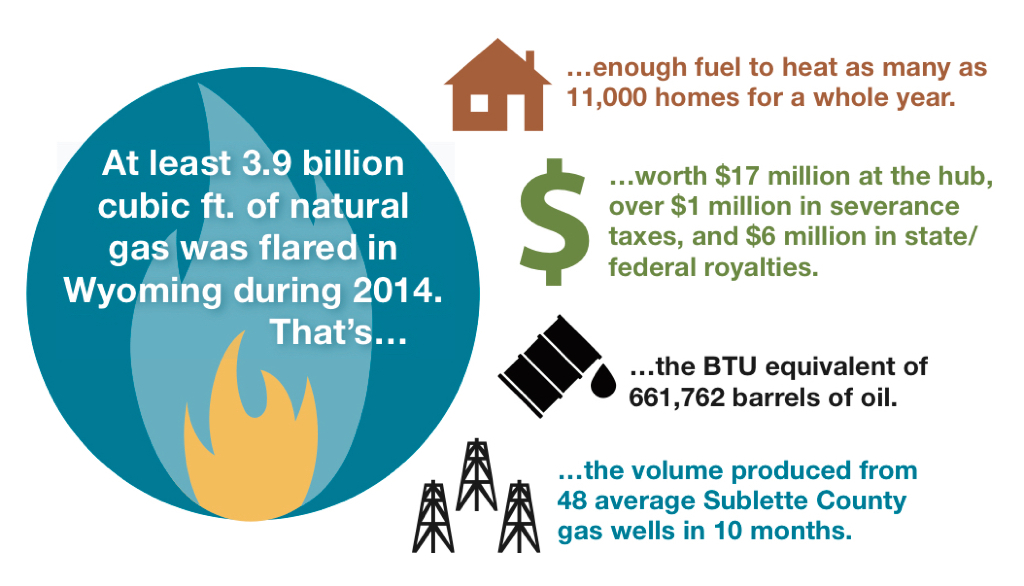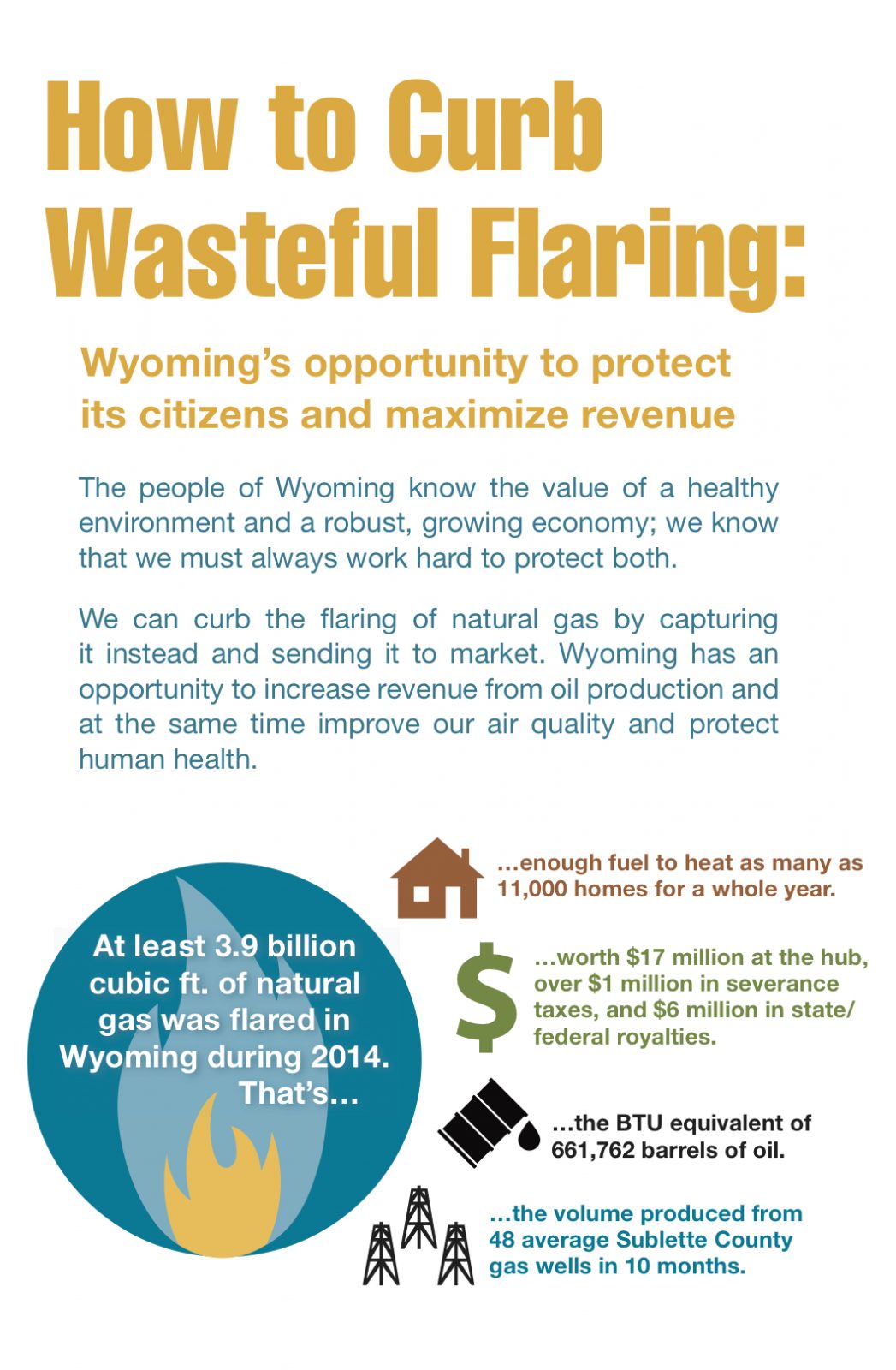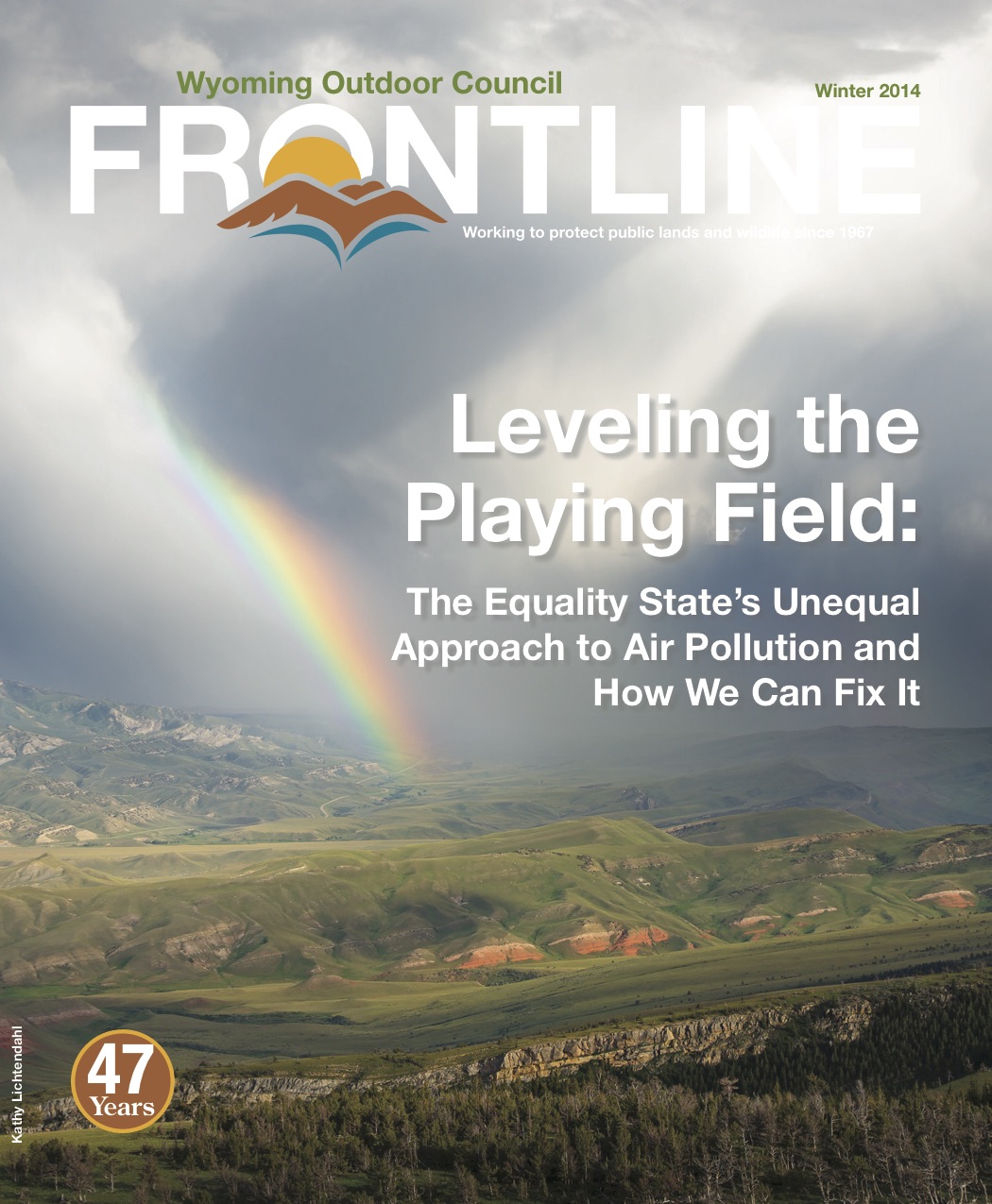By Bruce Pendery, chief legal counsel

On January 23, Wyoming’s Seventh Judicial District Court approved a settlement of our lawsuit over the disclosure of chemicals used during hydraulic fracturing. This settlement is another step in the right direction for Wyoming, as it will make it more difficult for companies to receive “trade secret” exemptions from disclosing fracking chemicals to the public.
We engaged in this lawsuit because we believe the public has the right to know which chemicals are being injected underground during fracking.
We credit the Wyoming Oil and Gas Conservation Commission and Halliburton for working cooperatively with us to improve the Commission’s disclosure policies for the benefit of Wyoming citizens. Personally, I’m confident that full transparency will ultimately win out in Wyoming because it’s the right thing to do and it’s in the best interest of both industry and the public.
The Wyoming Outdoor Council, Powder River Basin Resource Council, Earthworks, and the Center for Effective Government jointly brought the lawsuit in 2012 after the Wyoming Oil and Gas Conservation Commission agreed repeatedly, at the request of industry, not to disclose many of the constituents of fracking fluids to the public.
Wyoming became the first state in the nation in 2010 to require oil and gas companies to disclose the identities of chemicals used during fracking. Under this rule, companies are required to disclose the constituents of fracking fluids to the Oil and Gas Commission, which then, pursuant to the Wyoming Public Records Act, can be reviewed by the public.
However, the Commission had been granting a significant number of requests from industry not to disclose these constituents under claims that they were protected as “trade secrets” or “confidential commercial information.”
Initially, the district court ruled against us in 2013, so we filed an appeal with the Wyoming Supreme Court. And in March 2014, the Supreme Court issued a decision validating our claims and reversing the trial court decision. Among other things, the Supreme Court held that the Wyoming Public Records Act “creates a presumption that denial of inspection is contrary to public policy” and adopted a stringent test for what constitutes trade secrets, one that had been adopted by federal courts.
The court ruled that the exemption from public disclosure for trade secrets is narrow and the public’s right to the information is paramount, with the burden on the Wyoming Oil and Gas Conservation Commission to show that secrecy is justified.
Following lengthy and laborious negotiations over about eight months, the parties were ultimately able to reach a settlement. In addition to the Oil and Gas Commission, there was one industry intervenor involved in the negotiations and settlement, Halliburton Energy Services. Reaching this settlement required all the parties, including the Wyoming Outdoor Council, to work with each other in a cooperative manner that was oriented toward finding solutions, not perpetuating dispute.
Under the terms of the settlement agreement, companies seeking a trade secret exemption from fracking fluid constituent disclosure will have to comply with new, much more stringent requirements that we believe should allow the Oil and Gas Commission to more appropriately determine whether a trade secret exemption request is legitimate.
Please get in touch with me (bruce @ wyomingoutdoorcouncil-dot-org) if you would like to know the details of these new requirements.
This settlement will help ensure there is better accountability to the public, and better transparency in general. It will also help ensure that significant public concerns about groundwater contamination due to the use of fracking fluids and potential impacts on public health are fully considered and illuminated. And it will help prevent companies from evading disclosure requirements based on weak claims that the chemicals are so-called trade secrets. All of this is good progress.
Note: Hydraulic fracturing, or fracking, involves pumping water, sand, and chemicals at high pressures down oil and gas drill holes so as to fracture rock such as shale and tight sands and release oil and gas. Coupled with its companion technique directional drilling, fracking has been responsible for the large increase in the production of oil and gas in the United States.
You can click here to read the settlement.






